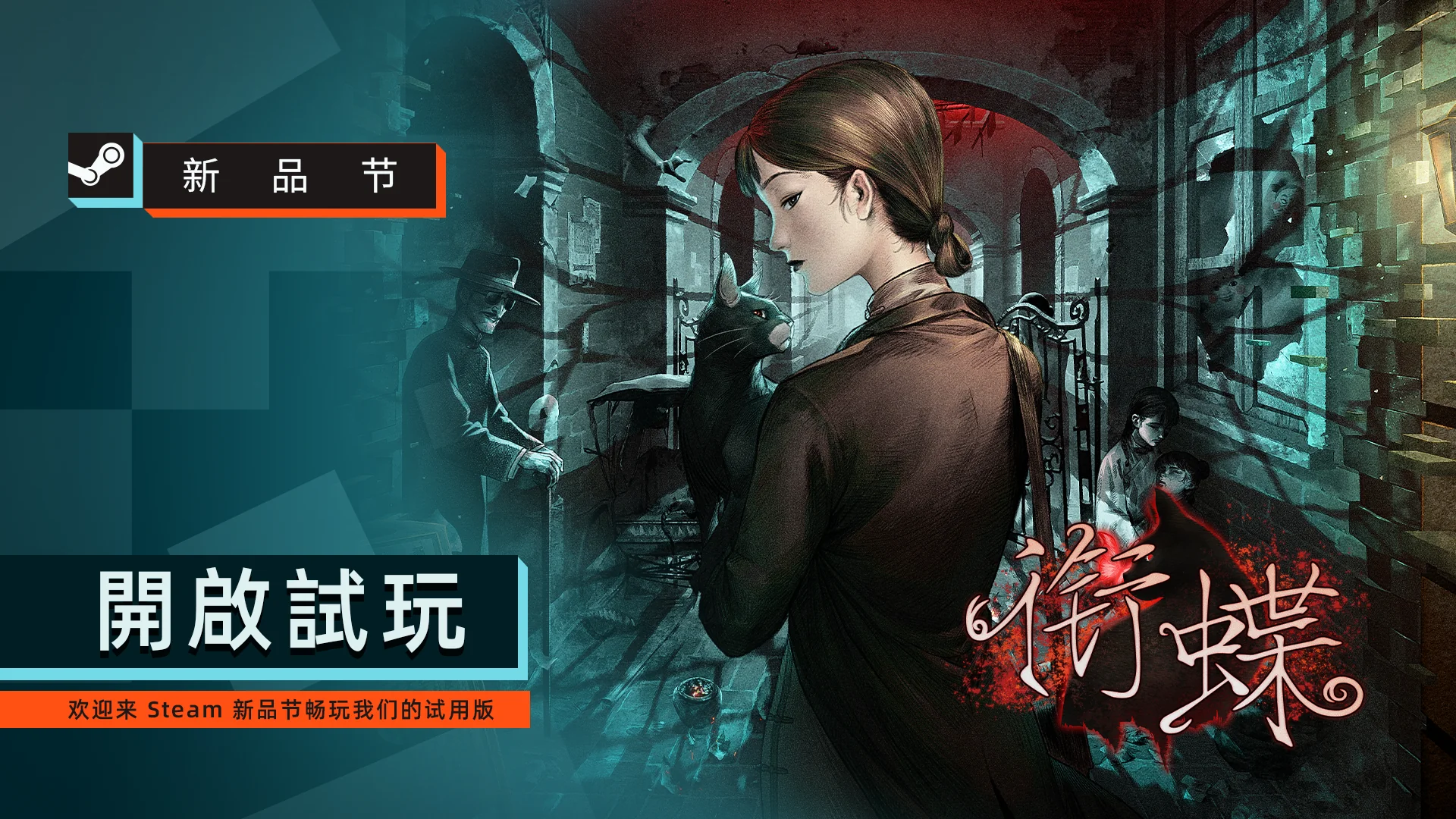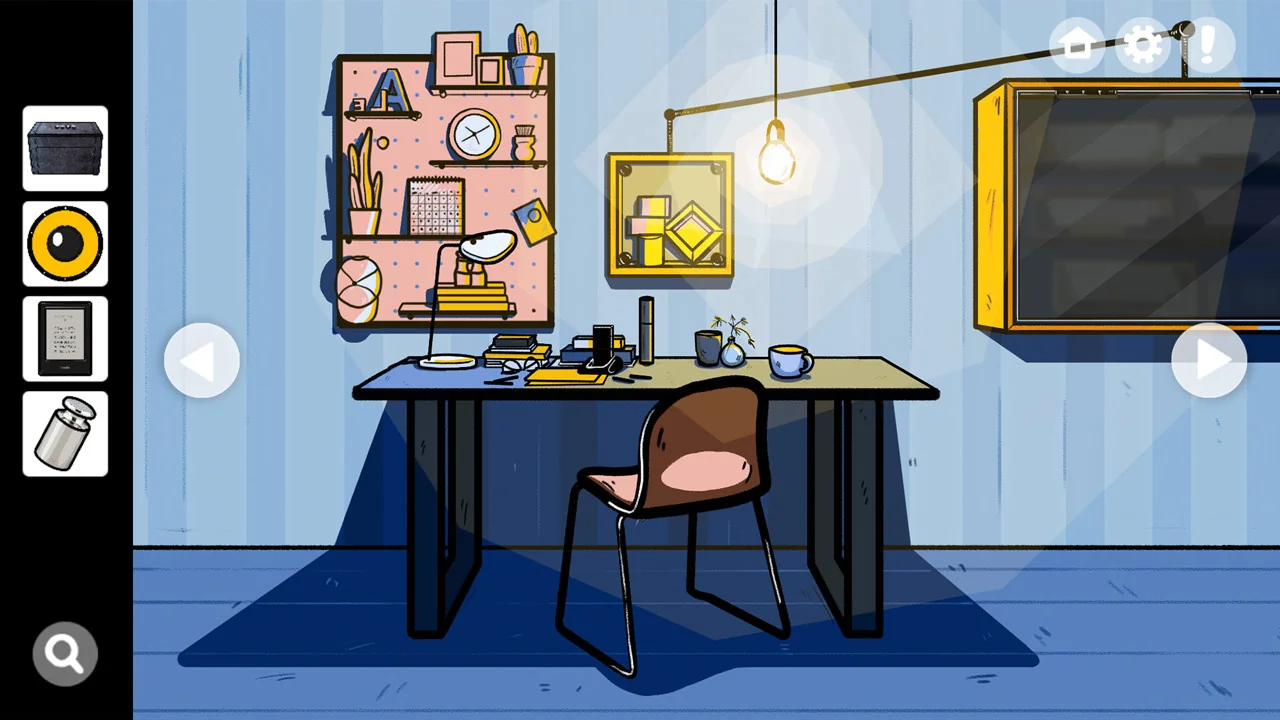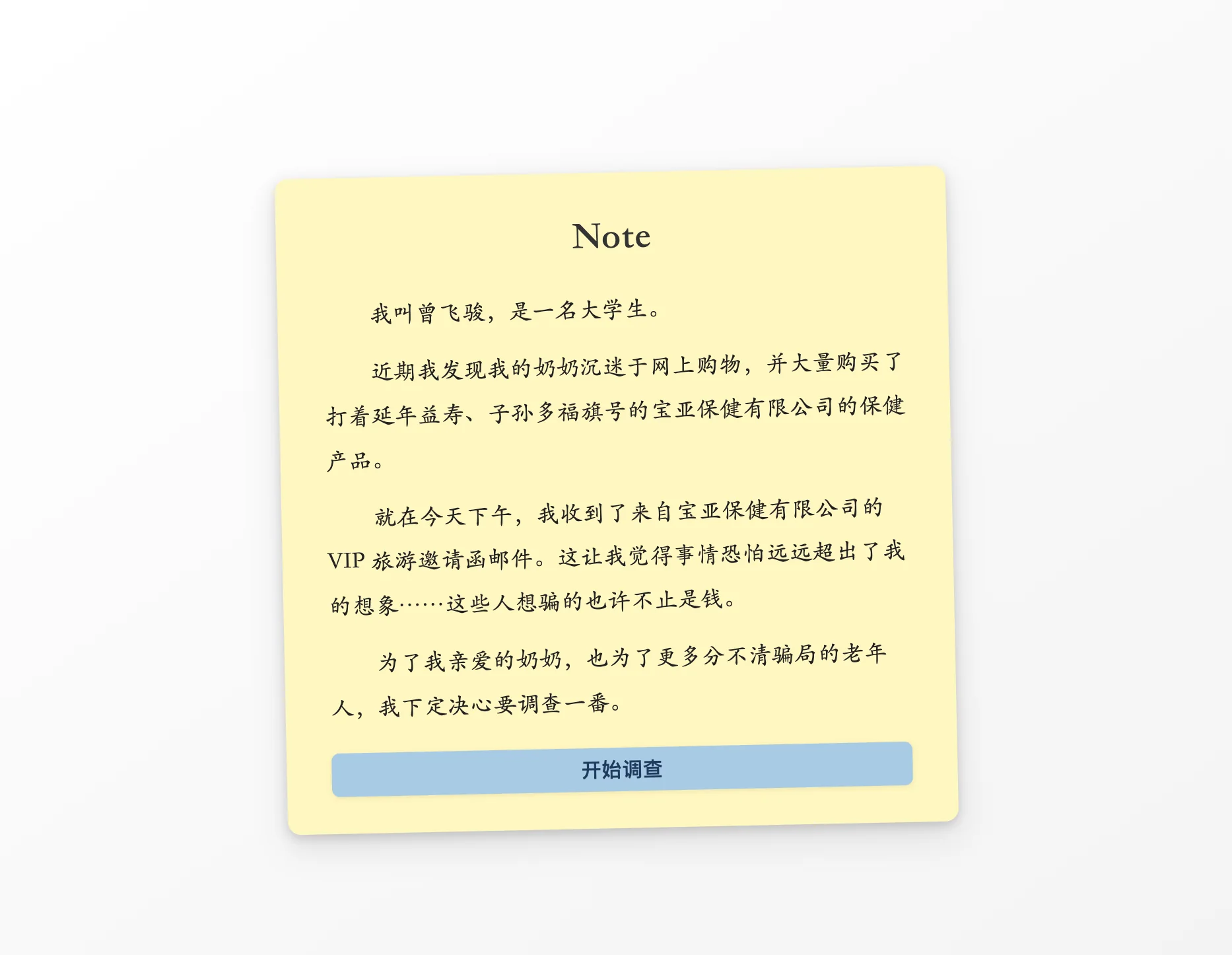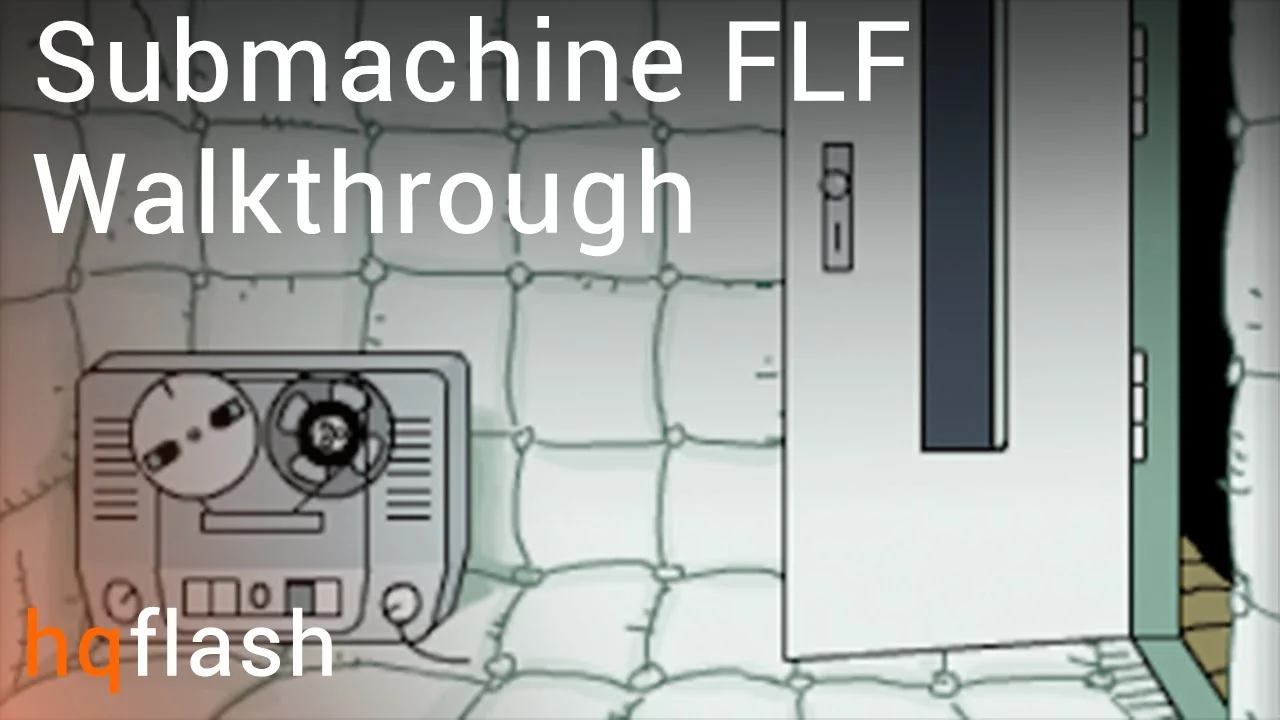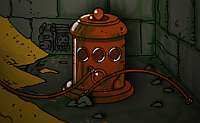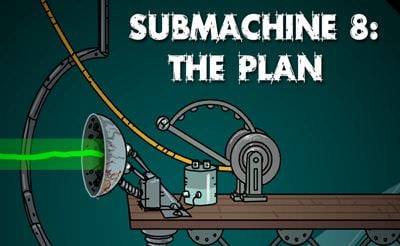How to Play Submachine 9: The Temple
Welcome to Submachine 9: The Temple, where Mateusz Skutnik's celebrated series ventures into time travel mechanics and ancient mysteries. As a time traveler stranded in a mysterious temple with only a hammer and a malfunctioning time control panel, you must navigate temporal layers, solve puzzles across different time periods, and uncover the temple's connection to the vast Submachine network.
Getting Started
You awaken in an ancient temple with no memory of how to operate your time travel device. The temple exists across multiple temporal layers—past, present, and future versions of the same location. Your challenge is exploring these timeframes, understanding how they interconnect, and using temporal mechanics to solve puzzles that span centuries. The hammer in your inventory isn't just for breaking things—it's a key tool for manipulating the environment.
Basic Controls
Mouse control handles all interactions. Click objects to examine or collect them, select inventory items and click environmental locations to use them, and click navigation arrows to move between rooms. Your inventory appears at the bottom—the time control panel and hammer are your starting tools. Special time-shift interfaces allow jumping between temporal layers of the temple.
Core Gameplay Mechanics
Time Travel System: The temple's unique feature is temporal navigation. You'll discover time control stations that transport you between different eras of the temple's history. Each timeframe presents the same physical space but with different architecture states, item locations, and puzzle configurations. Actions in one time period can affect other timeframes—solving a puzzle in the past might unlock areas in the present or future.
Environmental Puzzle Solving: The temple's challenges integrate deeply with its temporal nature. You'll encounter ancient mechanisms in the past that affect modern structures, future technology that requires ancient artifacts to activate, and temporal paradox puzzles where you must coordinate actions across multiple timeframes. Many puzzles require understanding cause-and-effect relationships across centuries.
Item Collection and Usage: Objects exist in specific timeframes. An item broken in the present might be intact in the past, while ancient artifacts from the past could be technological components in the future. Some puzzles require transporting items across time periods using special mechanisms.
Understanding Temporal Navigation
The temple features several time control stations, each allowing access to different temporal configurations. Master these systems early—efficient time travel is crucial for progression. Some areas are accessible only in specific time periods, while others change dramatically between eras. When exploring a new room, visit all accessible timeframes to understand its complete puzzle potential.
Objectives and Progression
Your goals are discovering how to repair your time control panel, understanding the temple's purpose and its connection to the Submachine network, solving temporal puzzles to access deeper temple areas, and ultimately finding a way out of this time-trapped location. The game doesn't explicitly guide you—piece together objectives from environmental clues, ancient inscriptions, and the logical flow of temporal puzzles.
Advanced Exploration Strategies
Temporal Mapping: Create notes mapping which rooms connect in each time period. Room layouts change across eras—a collapsed wall in the present might be intact in the past. Understanding these temporal variations is key to finding hidden areas and alternative puzzle approaches.
Cause-Effect Documentation: When you manipulate something in one timeframe, immediately check other time periods for consequences. Temporal puzzles often involve chains of cause-effect relationships spanning centuries. Document what you change and when, so you can track how your actions ripple through time.
Hammer Usage: The hammer solves more puzzles than initially apparent. Test it on walls, floors, machinery, and decorative elements across all timeframes. Some barriers appear unbreakable in one era but fragile in another. The hammer can reveal hidden passages, break ancient locks, and activate dormant mechanisms.
Temporal Puzzle Strategies
Past-Present-Future Logic: Many puzzles require understanding how the temple transforms over time. An ancient artifact placed in the past might decay into a useful component by the present. Future technology might require ancient power sources. Think about how time affects materials, structures, and energy systems.
Paradox Prevention: Some actions create temporal paradoxes if done incorrectly. The game blocks certain impossible combinations, but experimenting with temporal cause-effect helps understand allowed actions. When a puzzle seems unsolvable, consider whether you're attempting something temporally inconsistent.
Item Aging and Transformation: Objects change as time passes. A complete tool in the past might be fragmented ruins in the present but reconstructed as future technology in the far timeline. Understanding these transformation patterns helps identify which items to collect in which timeframes.
Time Travel Tips
Visit all accessible timeframes when entering a new area. Collect all items in each era—temporal objects don't persist across jumps unless specifically designed to. Pay attention to ancient inscriptions and future terminals—they often provide puzzle hints relevant to other timeframes. Test your hammer and other tools in all time periods—their effectiveness varies by era.
Return to previously visited areas after solving major puzzles. Temporal locks often release when you complete challenges in other timeframes, opening new paths through time-locked areas. The temple reveals itself gradually as you master temporal mechanics and solve interconnected puzzles across centuries.
Submachine 9 offers a unique twist on the series formula, blending classic point-and-click exploration with innovative time travel mechanics that create mind-bending puzzle possibilities.
